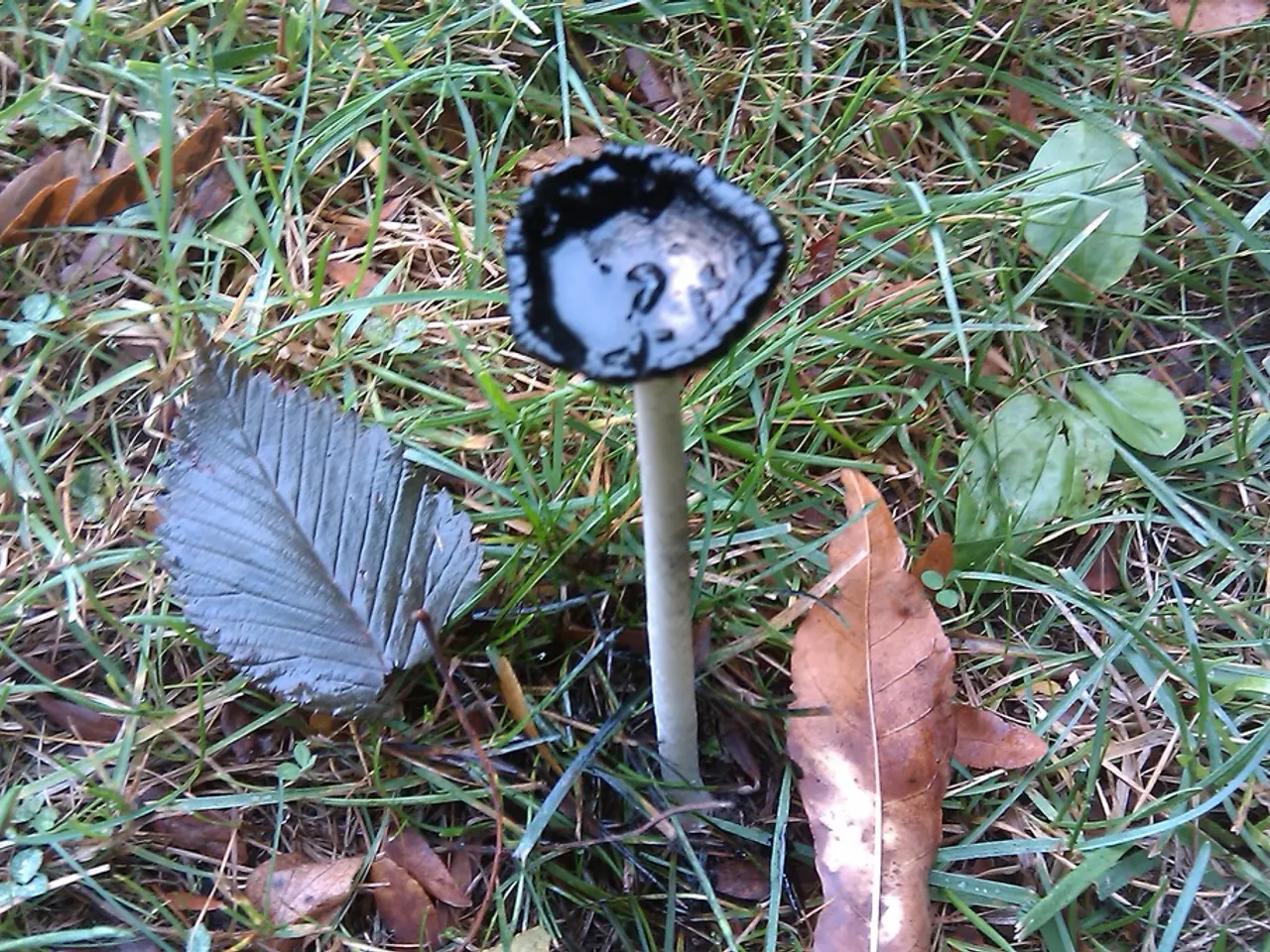Organic Methods for Eradicating Fungus Gnats in Bonsai Soil
In the world of bonsai cultivation, fungus gnat infestations can pose a significant challenge for enthusiasts. These tiny insects, also known as fruit flies or drain flies, can cause damage to the roots of bonsai trees and impact their overall health. However, there are several organic methods available to control and prevent fungus gnat infestations.
One effective approach is to allow the top layer of bonsai soil to dry out between waterings. Fungus gnats thrive in moist environments, so discouraging their breeding by maintaining slightly drier soil conditions can help reduce infestations [1][2].
Another strategy is the use of yellow sticky traps. These traps, when placed around bonsai plants, attract and capture adult gnats, providing a non-toxic and environmentally friendly solution for monitoring and reducing gnat populations [1].
Neem oil is another organic solution. This natural pesticide acts as an antifeedant, suffocates bugs, and disrupts their reproduction. To use, mix neem oil with water and a mild soap, then spray it on plant surfaces, avoiding direct sunlight or grow lights to prevent leaf burn. Repeat weekly until the infestation is gone [3].
Diatomaceous earth, a powder made from fossilized algae, can also be used. This substance dehydrates and kills gnat larvae by damaging their exoskeletons. Sprinkle it on the soil surface or mix it with water to create a spray. However, it's important to note that diatomaceous earth can cause lung irritation, so it's recommended to use a mask when handling it [3].
Hydrogen peroxide can also be used to kill fungus gnat larvae in the soil. Mix it with water according to the product instructions and use it as a drench for the soil [4].
Preventative measures include using well-draining, airy soil mixes, improving ventilation around bonsai plants, and regularly monitoring for signs of gnats to act early and prevent infestations.
By maintaining a healthy bonsai ecosystem, enthusiasts can mimic the natural environment, allowing the soil to breathe, regulating water intake to prevent moisture-rich habitats, and fostering a diverse community of beneficial microorganisms to outcompete fungus gnats.
A promising organic method for controlling fungus gnat infestations is the introduction of beneficial nematodes. These microscopic, non-segmented worms are safe for use around humans, pets, and other non-target organisms. By introducing beneficial nematodes into the bonsai soil, enthusiasts can reap a multitude of natural predator benefits, including targeted control of fungus gnat larvae and a healthier, balanced ecosystem [5][6].
These organic methods can be combined for more effective management of fungus gnats in bonsai soil. By incorporating these practices, bonsai enthusiasts can maintain a thriving, pest-free bonsai ecosystem.
By practicing a lifestyle that includes allowing the top layer of bonsai soil to dry out between waterings and using yellow sticky traps, home-and-garden enthusiasts can effectively combat fungus gnat infestations in their bonsai plants. In addition, introducing beneficial nematodes into the bonsai soil can help maintain a healthy and balanced home-and-garden ecosystem, further aiding in the control of fungus gnats.




